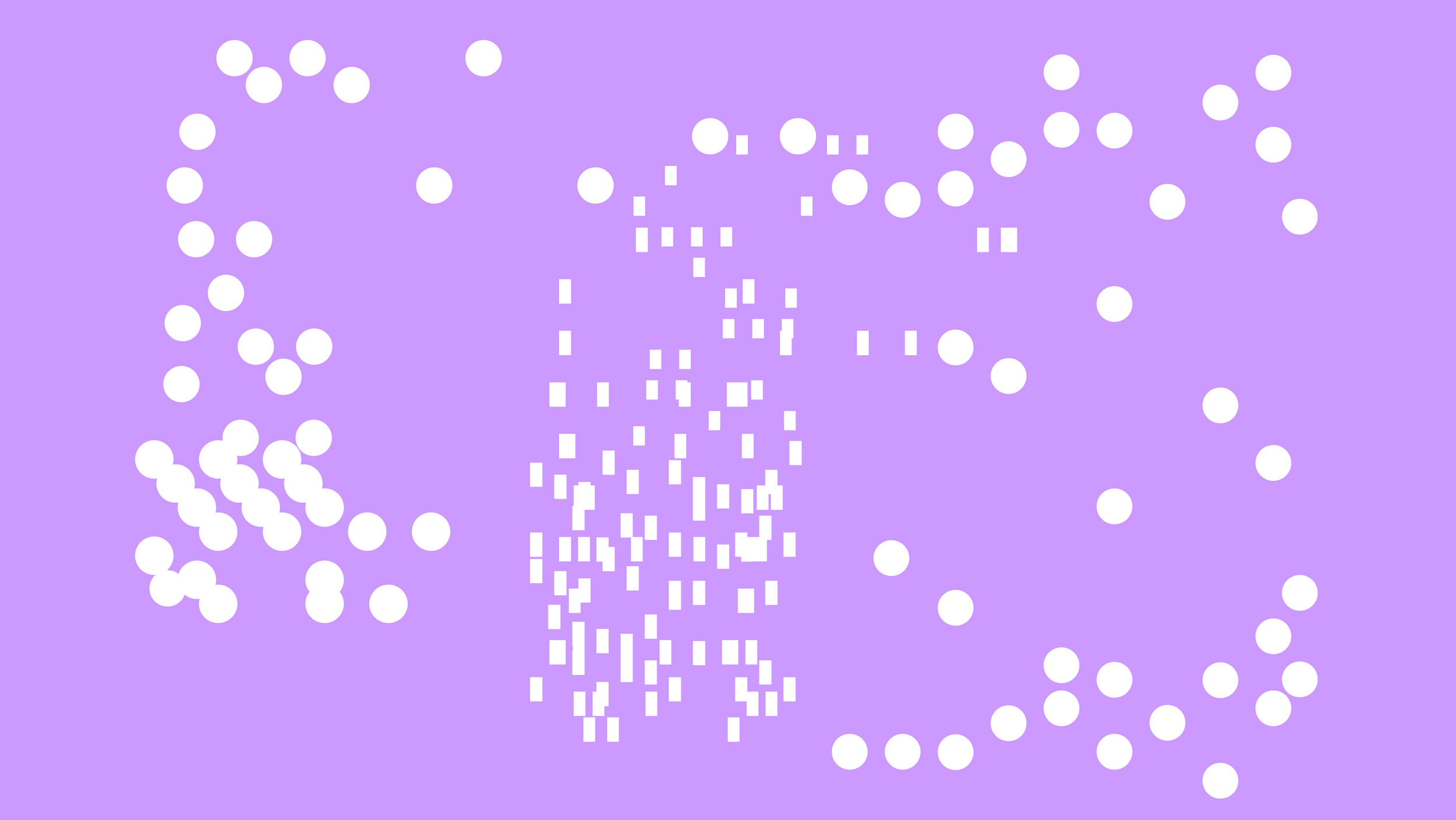
Believe in Better.
It could be contended that many ancient and historic civilisations or ideologies were founded on conditions of superstition, myth, spirituality, belief, or doctrine.
Where the contemporary world may be increasingly driven by fact, evidence and data, do we need to create more opportunity for collective ‘creative irrationality’ outside conventional places or spaces for this, whether art and design colleges, the internet, or other prescribed outlets of the imagination?
It’s Rumoured.
Rumours reputedly evolve and spread quicker under conditions of stress or repression, where a want for information is keener and where ‘truths’ are accommodated more readily so as to sustain ‘belief.’ As rumours are shared and spread they unfold and mutate, but they can also become more extravagant and fanciful in order to endure and survive.
The most successful rumours may be considered those that either satisfy a thirst for fantasy or otherwise fuel a fascination with catastrophe. Can we, then, develop forms of ‘suppositional arts,’ manifestations of creativity that magnificently evolve, change, transform or adapt in order to survive?
Receding Heirlines.
Is there a growing appreciation that large institutions, corporations, and even cities, are not necessarily the best place anymore to do what they used to do best?
For example, Blockchain and Crypto-currency technology may be said to bypass the dominance of big banks; the culture of Parcour challenges the place of athletics within an arena (or otherwise conventional navigation of urban environments); music recording software, such as Ableton Live, has all but made fixed recording studios redundant; and even leading capital cities, such as London, may be progressively losing monopolies of creative prominence as young people move to emerging creative hubs elsewhere for affordable risk and adventure.
Correspondingly, the question can also be asked if art and design colleges are still the best places to be creative in anymore? As the potent and risky laboratories UK art schools were during the latter half of the 20th Century, they both disrupted and instructed a changing world, rather than ascribing to and aligning with an increasingly monetised and evaluated global marketplace.
Where, then, are the new sites, places, or understandings of subversion for the Arts? Certainly, as ever, insurgency or revolution lies in the mind, but what and where are the new physical ‘seminaries’ of creative ingenuity?
I Beg To Differ.
If we wish to locate and nurture unexpected yet productive futures, we will need to create more opportunity and space for liberating ideas and simply trying them out.
Conjecturing and dreaming, on both small and grand scale, will become ever essential to innovative thinking. Designers of the future will need to distinguish themselves as creative and logistical ‘difference connectors,’ where their charge will be to deliver better, richer and more divergent information in their expanding subject area.
Not All There.
The human attributes that we might most admire in other people, whether it is their personality, vitality, integrity, honesty, openness, intellect, compassion, or wit are principally formless and abstract characteristics. Where and how can the things we value otherwise be formless and abstract?

